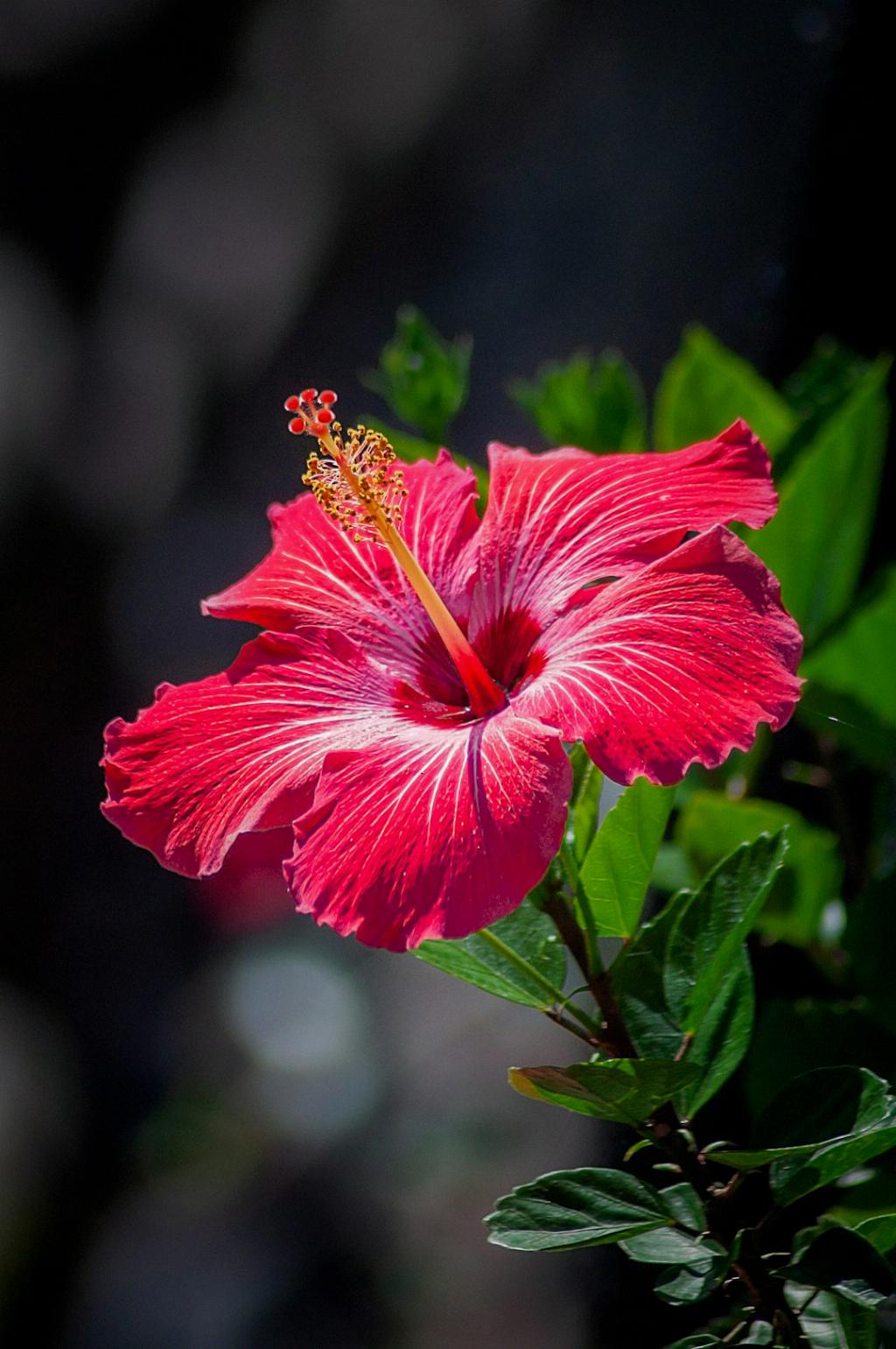When it comes to caring for your vibrant hibiscus plants, proper watering techniques play a crucial role in their overall health and growth. Whether you’re a seasoned gardener or a beginner looking to nurture these stunning flowers, understanding the ins and outs of watering hibiscus is essential for success.
For newly planted hibiscus, it’s vital to establish a consistent watering routine during the initial few weeks. Aim to water the plants thoroughly every couple of days to promote deep root growth and ensure they receive an adequate amount of moisture as they adjust to their new environment.
Once your hibiscus plants have been in the ground for a while and have settled in, adjust your watering frequency accordingly. Perennial hibiscus should typically be watered twice a week throughout the first growing season to maintain optimal hydration levels and support healthy development.
As your hibiscus matures and enters its second growing season and beyond, you can dial back your watering schedule slightly. In general, watering your hibiscus once per week should be sufficient, unless there are extended periods of rainfall that naturally provide additional moisture to the plants.
When watering your hibiscus, always prioritize thorough hydration while avoiding waterlogging the soil. Ensure that the water penetrates deep into the root zone to encourage strong and resilient root systems that can better withstand environmental stressors.
One effective way to water hibiscus plants is to utilize a soaker hose or drip irrigation system, which delivers water directly to the base of the plants without wetting the foliage. This targeted watering method helps prevent fungal diseases and ensures that the roots receive the necessary moisture.
During periods of intense heat or drought, keep a close eye on your hibiscus plants and adjust your watering schedule as needed. Wilting leaves, dry soil, and drooping blossoms are all signs that your plants may require additional water to thrive and maintain their vibrant appearance.
While hibiscus plants appreciate consistent moisture, they also dislike soggy conditions that can lead to root rot and other issues. To prevent waterlogged soil, ensure proper drainage in your planting area and use a well-draining potting mix if you’re growing hibiscus in containers.
Remember to water your hibiscus plants early in the day to allow ample time for any excess moisture to evaporate before nightfall. Wet leaves and cool, humid conditions overnight can create an ideal environment for fungal diseases to take hold, compromising the health of your plants.
When it comes to watering hibiscus plants, consistency is key. Develop a watering schedule that aligns with the specific needs of your plants, taking into account factors like weather conditions, soil moisture levels, and the growth stage of your hibiscus.
By understanding the basics of how to water hibiscus plants and tailoring your watering routine to meet their unique requirements, you can help your hibiscus thrive and reward you with an abundance of colorful blooms that brighten your garden and lift your spirits.
Embrace the art of hibiscus care through thoughtful watering practices, and watch as your plants flourish and share their beauty with the world. With a little dedication and attention to detail, you can cultivate a stunning hibiscus garden that brings joy and tranquility to your outdoor space.

